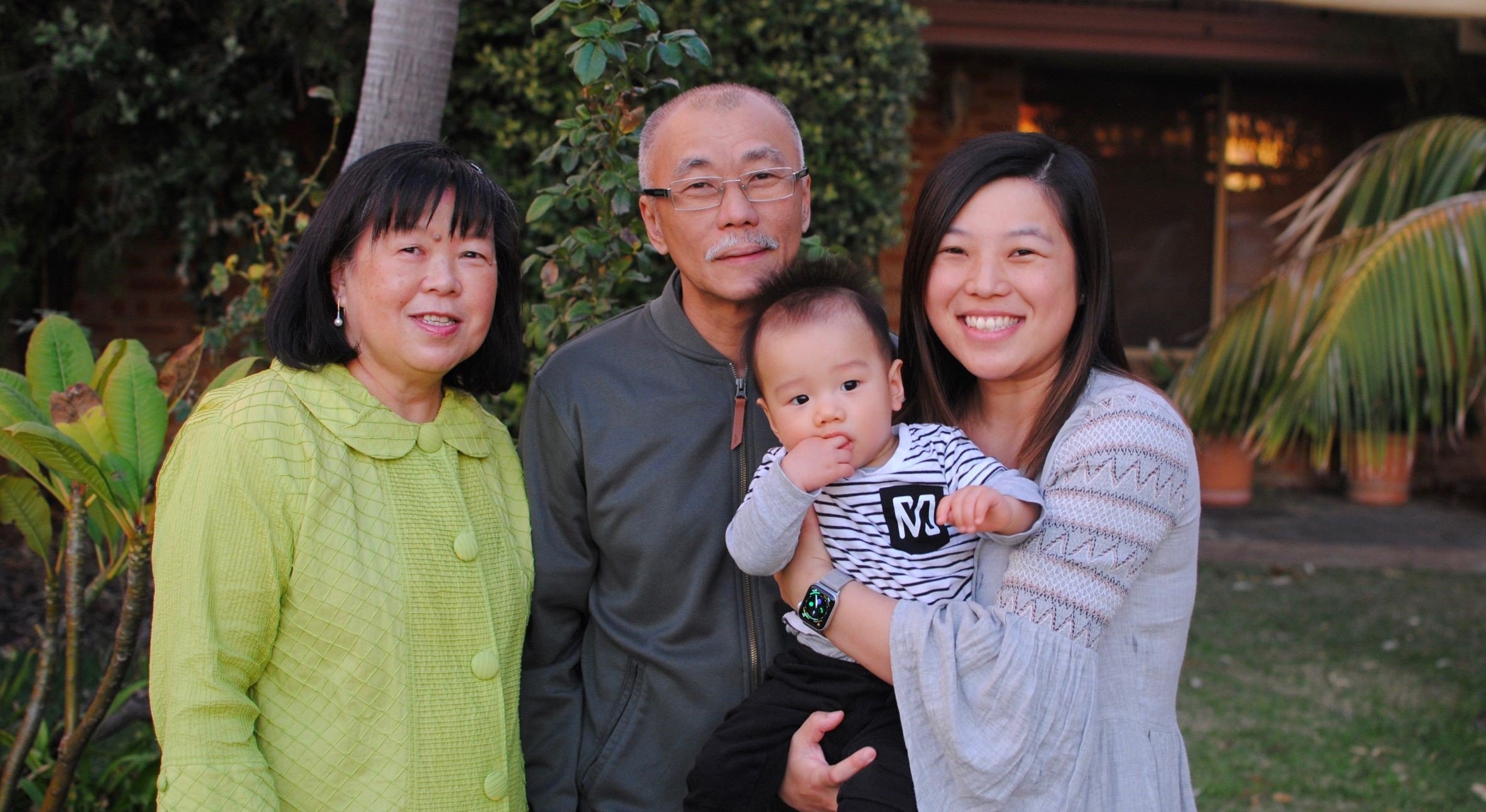
Ditza Teng with her mother Cynthia Teng, father, Clement Teng, and her son, Jeremiah.
Between 1989 and 1991, almost 3,000 WA babies were recruited to the Raine Study – an ambitious research project which would yield a series of paradigm-shifting findings around pregnancy, early childhood, adolescence and adulthood. Three decades on, the Raine Study has not only changed scientific thinking – it has changed the lives of those taking part.
Dr Ditza Teng is part of a special group of West Australians whose health and development has been carefully followed for the past three decades.
A ‘Raine Study kid’, Ditza was one of almost 3,000 babies recruited through King Edward Memorial Hospital between 1989 and 1991 to take part in a new study established by Professors John Newnham, Fiona Stanley, Lou Landau and Con Michael.
The study had two objectives: to develop a long-term cohort to study the role that early life events (from the womb onwards) had on later life; and to investigate the effects of frequent ultrasound scans during pregnancy.
With funding awarded in 1988 from the Raine Medical Research Foundation, where the project got its name, and the National Health and Medical Research Council, the Raine Study was born. Ditza’s mum, Cynthia, was one of 2,900 pregnant women who volunteered to take part. Like all those who signed up, she was randomly assigned to receive either routine obstetric ultrasound or multiple scans.
The study went on to find that ultrasounds on pregnant mothers are safe – information that has since been used to set international standards for ultrasounds during pregnancy.
Thirty years on, the study has outgrown its original aims to become one of the world’s largest cohort studies of pregnancy, childhood, adolescence and adulthood. Now a multi-generational project with a rich set of data, researchers globally have looked to the Raine Study to better understand, and improve, human health and quality of life.
As a child, Ditza was oblivious to the fact that the data and samples collected from her were part of something so very big and special.
“I had no idea of the huge impact I was having,” she said. “My data is unique and valuable, it’s been collected since before I was born, and continues to make an important contribution today.”
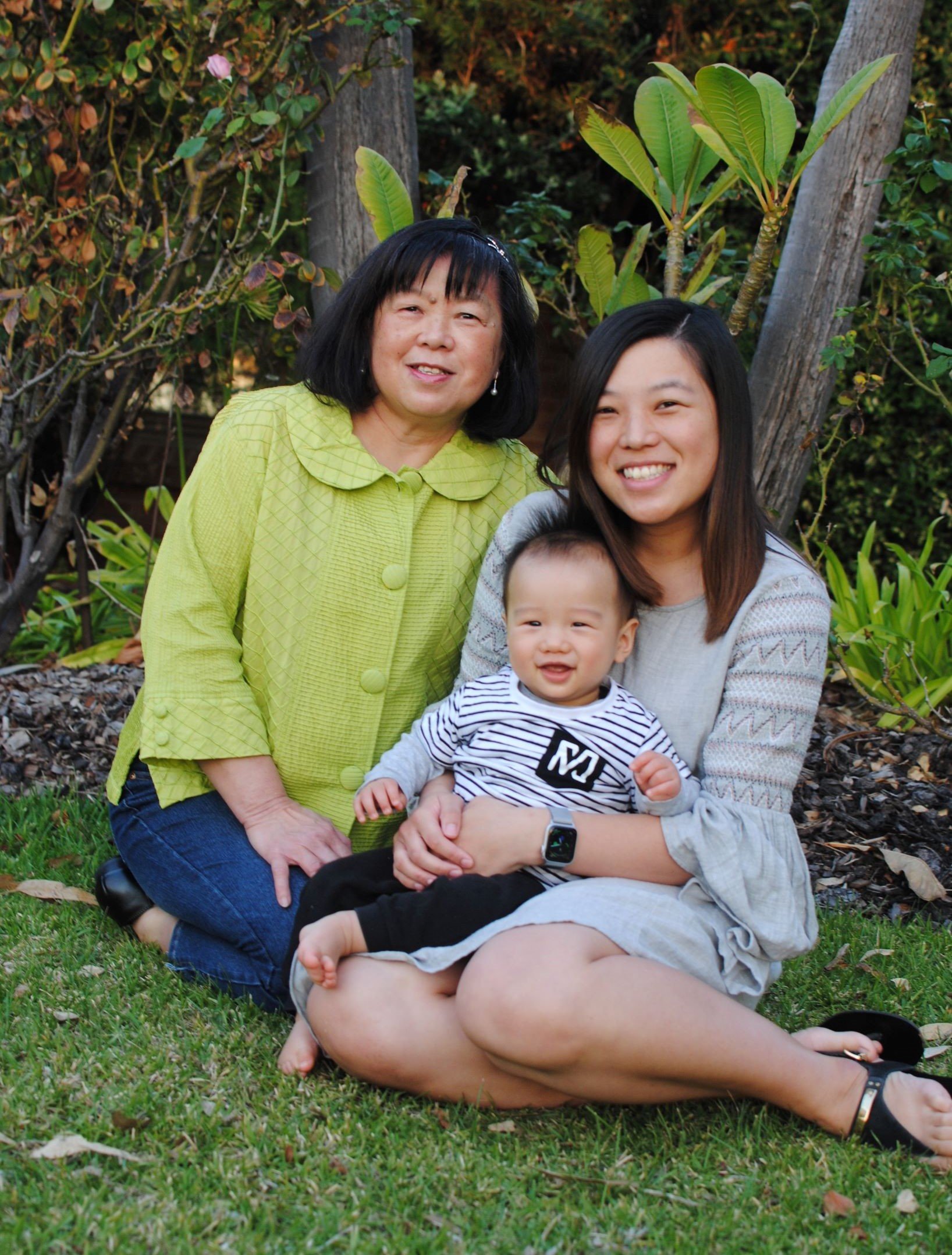
Ditza said being part of the Raine Study for so long had provided an opportunity for her to reflect upon her own health.
“The eye testing was a bit of a wake-up call for me,” she said. “The photos taken of my eyes showed some sun damage – something I would never have thought possible at such a young age. It made me more conscious about wearing sunglasses with UV protection to better protect my eyes. These tests done during the Raine Study visits certainly made me take responsibility for my own health.”
Ditza’s involvement in the study also sparked a strong interest in health and research – playing a large part in her decision to become a medical doctor.
“For all those years, my data was helping contribute to new discoveries on health and disease, and today as a doctor, I now base my clinical decisions on this kind of evidence-based research,” she said. “It’s fascinating to me being on the other side and seeing the Raine Study data being published, translated and influencing policy and practice.”
The Kids’ Professor Graham Hall has been involved with the Raine Study for many years, leading lung function follow-up tests when the participants were 22 years of age. The measures taken then built upon previous lung function testing done at age five and 14.
“We’ve been really interested in looking at what factors are associated with kids whose asthma persists into adulthood,” Professor Hall said. “Because the Raine Study has collected so much information over the years, we can start to tease out what those factors might be and look at why some kids will grow out of their childhood asthma, but also why others don’t.

“Because of Raine data, we continue to understand more about the underlying immunology of asthma and allergies.”
Professor Graham Hall said a key feature of the way the study does research has been its inclusion of participants’ voices through a community advisory committee.
“The participants ask phenomenal questions of the researchers, which really helps in guiding the direction of the research,” he said. “They’ve been providing input for many years – since they were adolescents – and their involvement has been invaluable.”
Ditza is one of the participants who sits on the community advisory committee.
“This allows me and other Raine Study participants to play a key role in assisting research teams by providing our input from the participant’s perspective – what we think will work, or won’t work, and how to engage with participants who are busy with work and family life,” she said.
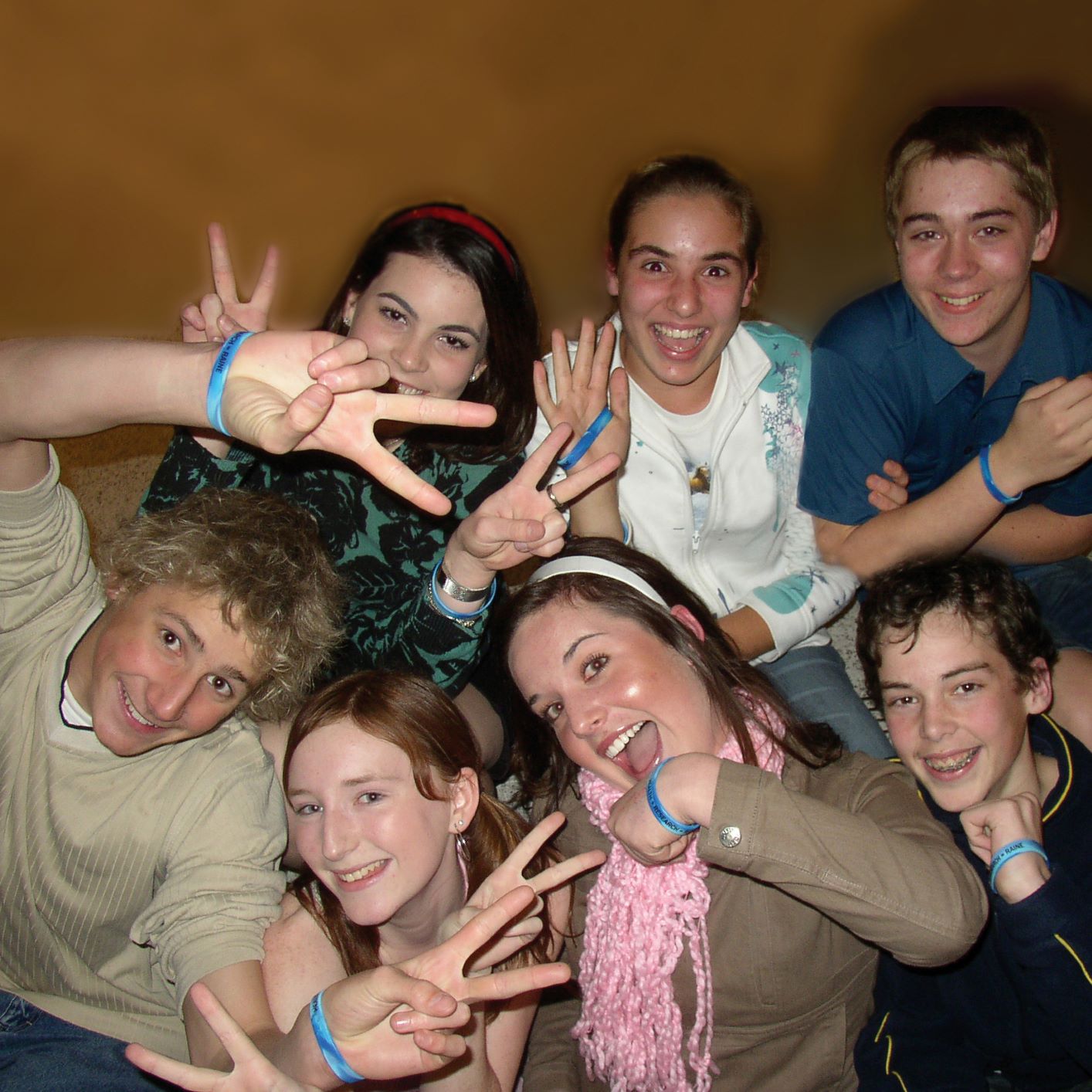
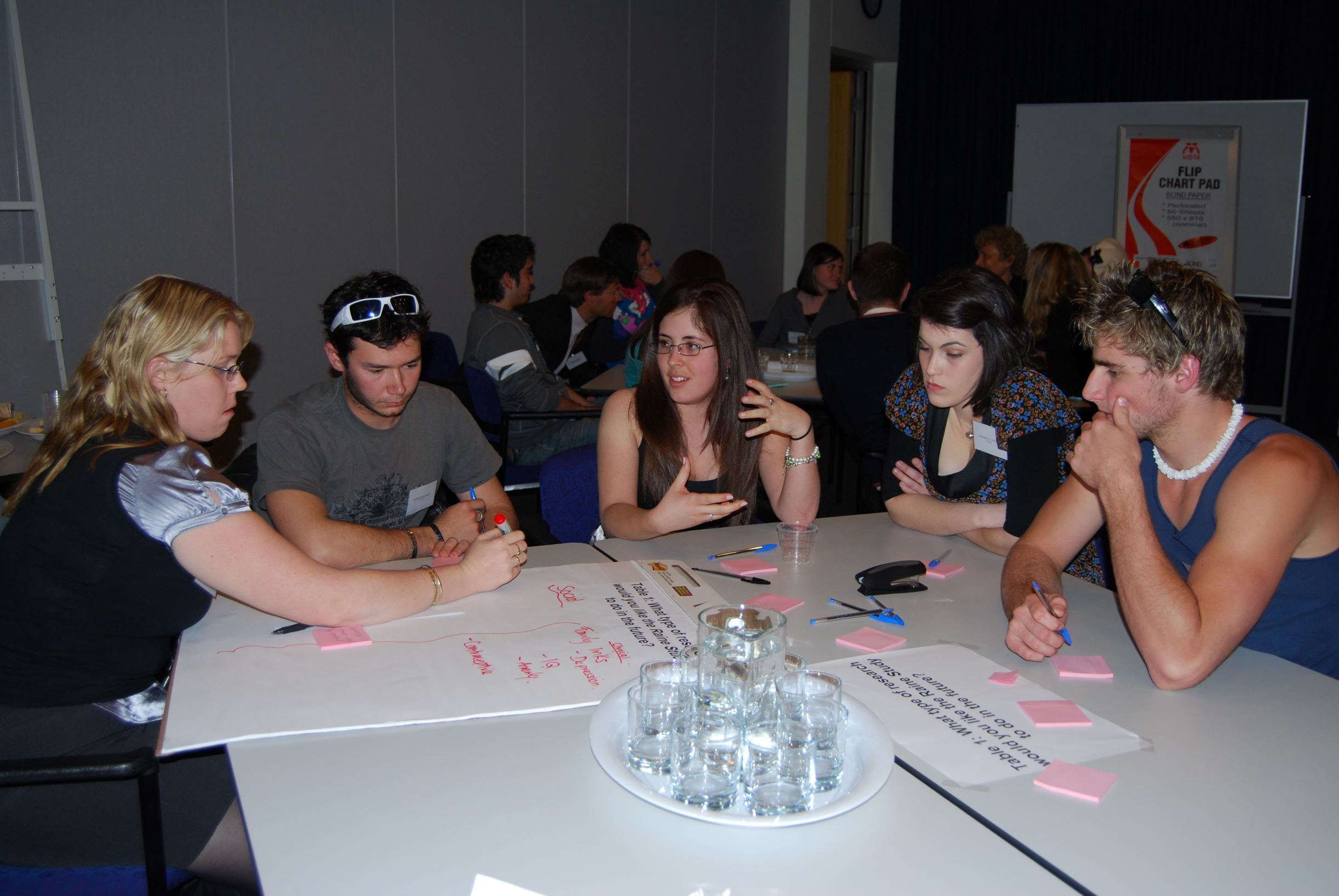
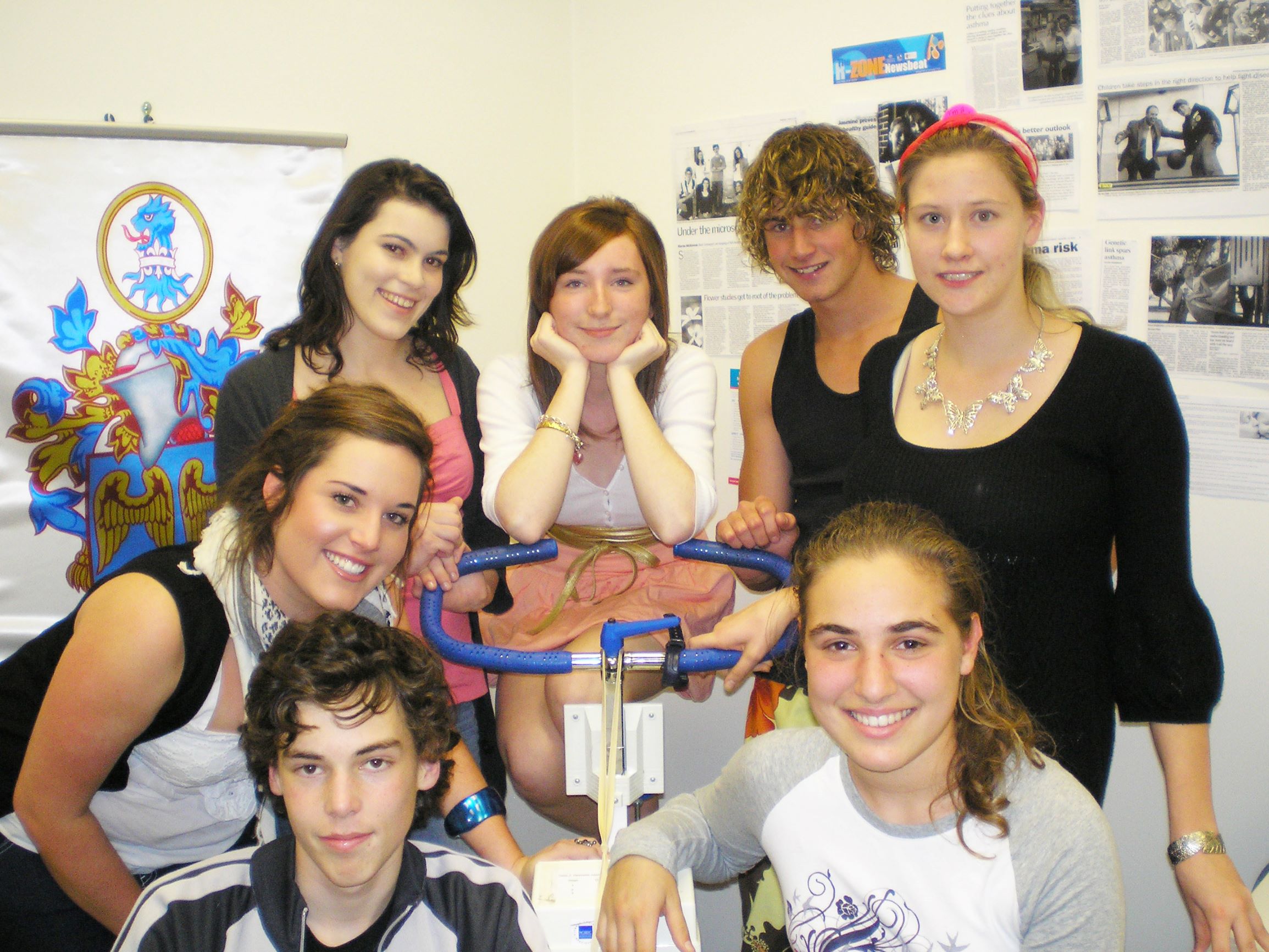
Above images: Members of the T Team throughout the mid-2000s
The community’s voice first became a feature of the Raine Study in 2005, when participants and their parents were invited to a forum to discuss their involvement. Teenagers at the time, the participants had reached an age where they needed to provide their own consent to continue being part of the study, so including their views was recognised as vital. The result was the establishment of the ‘T Team’ – a group of eight participants who would meet regularly to discuss current and future follow-ups.
Other activities have included linking researchers and participants with similar topics community forums, embedding the multi-generational participants, parents (Gen1) and young adults (Gen2) in all aspects of the study’s management structure, and training for the people involved on how they could contribute effectively.
Professor Hall said that as one of the world’s first and oldest cohort studies, the Raine Study continues to be uniquely positioned to give insights into health and disease across the life course.
“We know that a lot adult disease has its origins in early life – things like mental health, heart disease, respiratory conditions and other non-communicable disease,” Professor Hall said. “The Raine Study participants are now approaching their thirties, a time in life when some of these diseases start to become evident, and with all the detail amassed over the past three decades, researchers can start to see what factors might be associated with both protection and risk.”
Professor Hall said that with its cache of information from before birth and right through to adulthood, the Raine Study dataset continues to be an increasingly rich source for local, national and international research.
“Add to that the multi-generational information the study brings, with the inclusion of the parents, grandparents and kids of the Raine Study participants, and that data becomes even more powerful,” he said.
Ditza is now a mum herself and looks forward to her son, Jeremiah, becoming involved as part of the next generation of Raine Study kids.
